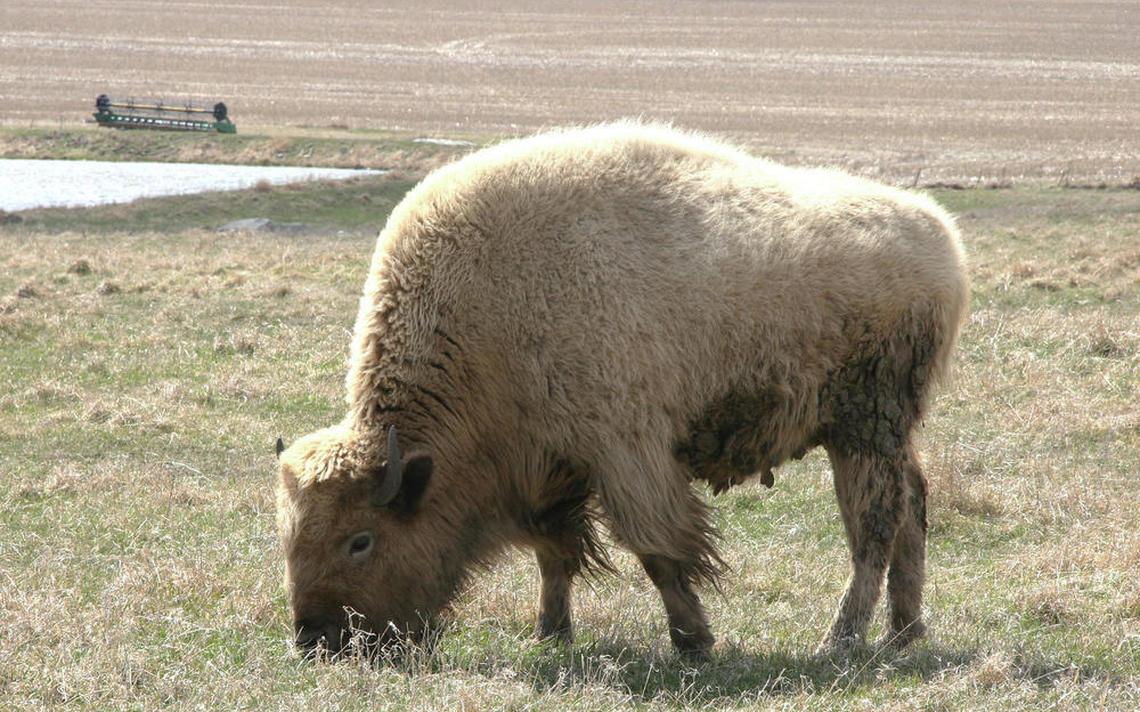A massive tailings pond breach in British Columbia’s interior last week will most likely have long-term devastating effects on the local environment, fish, and wildlife, experts warn. Last Monday, August 4th, millions of litres of water with toxic substances, including arsenic, mercury, lead and cadmium, overflowed into nearby lakes near the Polley Mountain mine site.
Tailings ponds are used in oil sands production. Oil sands are developed through two methods: open-pit mining and deep underground production. In open-pit mining like that near Polley Mountain, hot water is used to separate heavy oil from the sticky sand. This water is then sent to a tailings pond which is often a discontinued mine pit. The tailings are a mixture of water, clay, sand and residual bitumen (oil). Water is then stored in the tailings pond.

The term tailings ponds may be a bit of an understatement as they are larger than average ponds and impact the landscape in a very negative way. This particular tailings pond in B.C was four kilometres long. After the dam breached, a 45 metre wide mixture of toxic substances, spanning the length of several football fields, ploughed through the thick forest and made it’s way into nearby lakes contaminating them.
In a statement issued by Angela Waterman, Vice President, Environment and Technical Affairs, Mining Association of British Columbia, dated August 6, 2014, “The Mining Association of British Columbia (MABC) is following very closely the events related to the Mount Polley incident. The breach of the tailings dam at Mount Polley mine is a serious concern and MABC is thankful that there have been no reports of loss of life or injury.”
“We understand that the situation has been stabilized. There are experts currently on the ground assessing the situation and determining a plan for addressing the event and its impacts. The focus going forward must be on fully understanding the underlying causes and the environmental or socio-economic impact of the incident.”
There are dozens of oil sands across Canada. Oil from the oil sands are used in everyday living in the Western world including Canada. Oil is used to make plastics, lubricants for machinery, wax used in food packaging, candles, asphalt, synthetic fibers, plastic dishes, TVs, perfume, sneakers, Velcro, carpet, computers, soapless detergents and cell phones.
The breach released 10 billion litres of water and 4.5 million cubic metres of fine sand mixed with metals which contaminated several lakes, creeks and rivers. CBC News stated that the Ministry of Environment in B.C. gave the company five warnings in total. The latest warning was given last May which was for exceeding the permitted height of wastewater within its tailings pond. The first warning was given in 2009 which prompted the company to do their own review that concluded that the pond levels were already too high five years ago.
Environment Canada has launched a federal investigation into the spill at Imperial Metals. The provinces’ Ministry of Environment says it warned Imperial Metals about the level of wastewater in the tailings pond at its Mt.
Polley mine repeatedly before last weeks’ breach and the company was not diligent in ensuring the integrity of the tailings pond. The first water-testing results are anticipated to be released on Thursday which will give an early assessment of the environmental impact the spill has had on the local waters.







